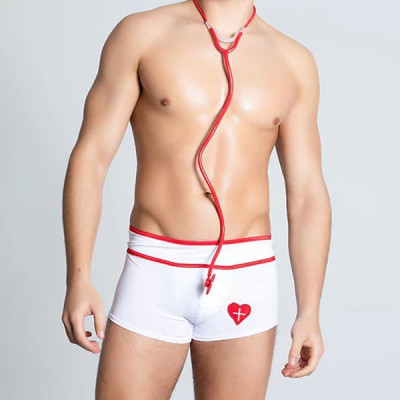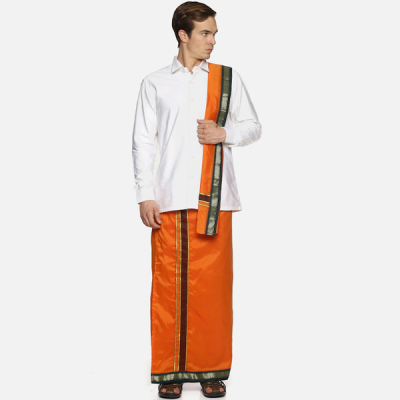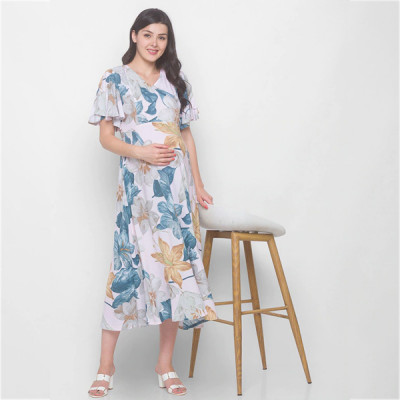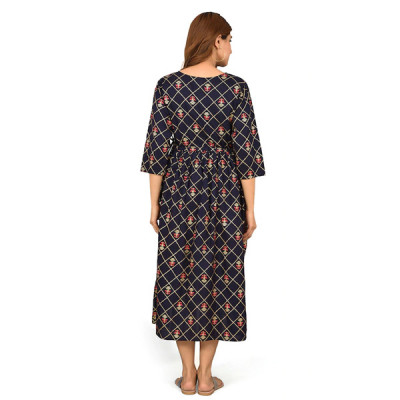Fashion
The Science of Stilettos: The Impact of Heels on Fashion and Physiology
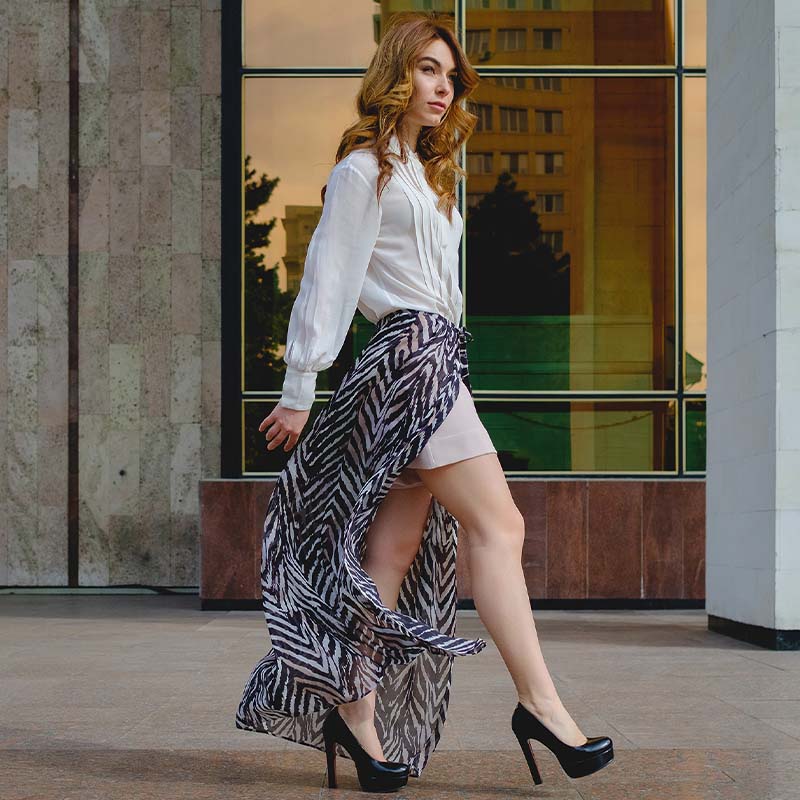
High heels – they've been a symbol of style, femininity, and confidence for decades. But beyond their undeniable fashion allure, there's a fascinating interplay between stilettos and human physiology. In this article, we'll dive into the science of stilettos, exploring their impact on both fashion and the human body.
The Fashion Icon
High heels, particularly stilettos, have been an integral part of fashion history. The iconic silhouette of a high-heeled shoe, with its slender heel and elevated sole, has graced runways and red carpets for generations. Stilettos are the epitome of elegance, adding height, elongating the legs, and exuding an air of confidence. Their impact on fashion is undeniable.
The Shoe-Wardrobe Staple
In many wardrobes, high heels are an essential staple. From classic pumps to strappy sandals and ankle boots, there's a high-heeled shoe for every occasion. Women often rely on heels to complete their outfits, whether it's for a formal event, a day at the office, or a night out on the town.
The Physiology of Heels
Wearing high heels is about more than just fashion. It's an intricate dance between the wearer's body and the shoe. Here are some fascinating physiological aspects of wearing heels:
The Foot Arch : High heels force the foot into an unnatural position, creating an exaggerated arch. This change in foot structure can lead to discomfort and, in some cases, foot problems.
Posture : Heels alter the body's alignment, shifting the center of gravity forward. This forces wearers to engage their core muscles and lean backward slightly to maintain balance, creating a more upright posture.
Leg Muscles : Heels engage and strengthen the calf muscles, which can contribute to a more sculpted appearance.
Pressure Points : High heels increase the pressure on the ball of the foot, potentially causing discomfort or pain. Continuous wear can even lead to long-term issues such as bunions or corns.
Balance and Gait : Walking in heels requires a different gait pattern. The wearer takes shorter steps and often places more weight on the heel, leading to an altered, swaying walk that some associate with confidence and sensuality.
The High Heel Dilemma
While high heels offer undeniable style and a boost in self-confidence, they aren't without their challenges. Prolonged wear can lead to a range of health issues, from foot pain to back problems. Many women find themselves in a love-hate relationship with their heels, balancing the desire to look stylish with the need to prioritize their physical well-being.
Practical Tips for Heel Wearers
If you're a high heel enthusiast, there are steps you can take to mitigate their impact on your physiology:
Choose Quality Shoes : Invest in well-made, comfortable high heels with adequate arch support and cushioning.
Limit Wear Time: Save your stilettos for special occasions, and opt for comfortable flats or sneakers for daily wear.
Stretch and Exercise : Regularly stretch your calf muscles and feet, and incorporate exercises to strengthen the muscles that support your arches.
Orthotic Insoles : Consider using orthotic insoles to provide extra support and cushioning.
Vary Your Heel Heights : If you're a heel aficionado, mix it up by wearing heels of varying heights to reduce the strain on your body.
In conclusion, high heels are more than just a fashion statement. They are a complex interplay between style and physiology. The science of stilettos reveals both their transformative power in fashion and their impact on the human body. By understanding these dynamics and taking steps to care for your feet and posture, you can continue to enjoy the allure of high heels while keeping your health in check. Remember, fashion should enhance your confidence, not compromise your well-being.

 Men Sportswear
Men Sportswear
